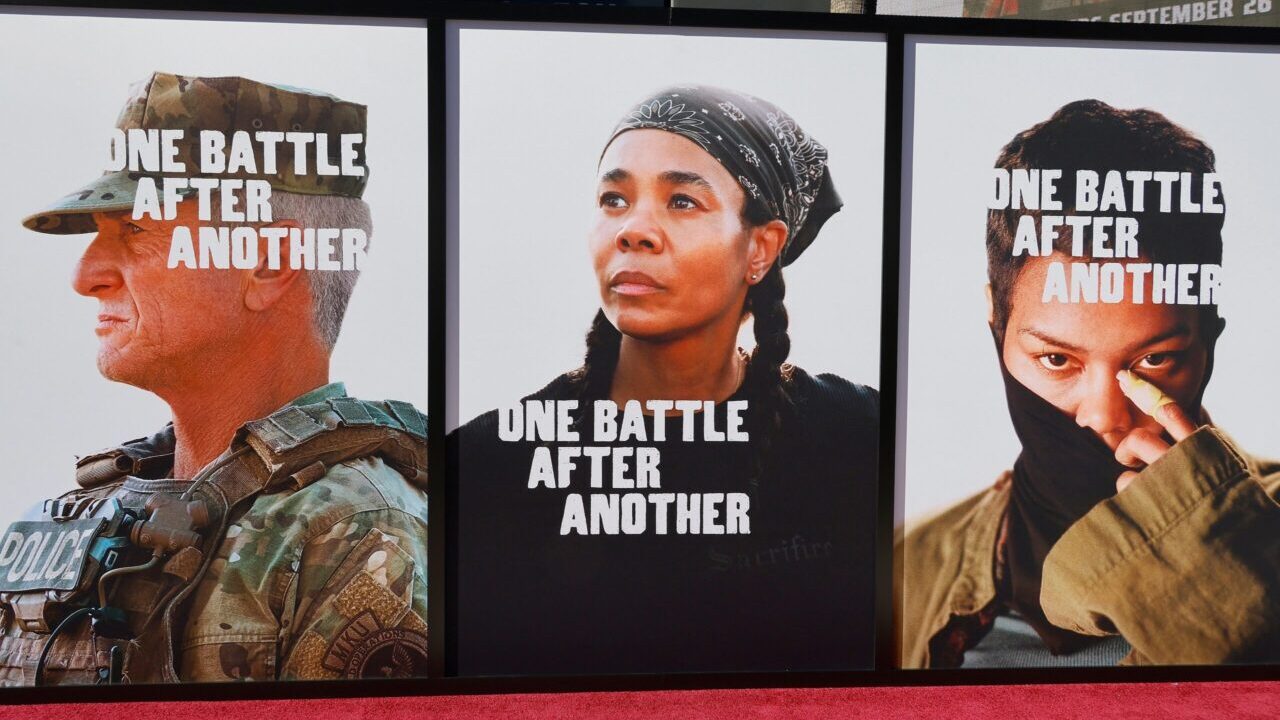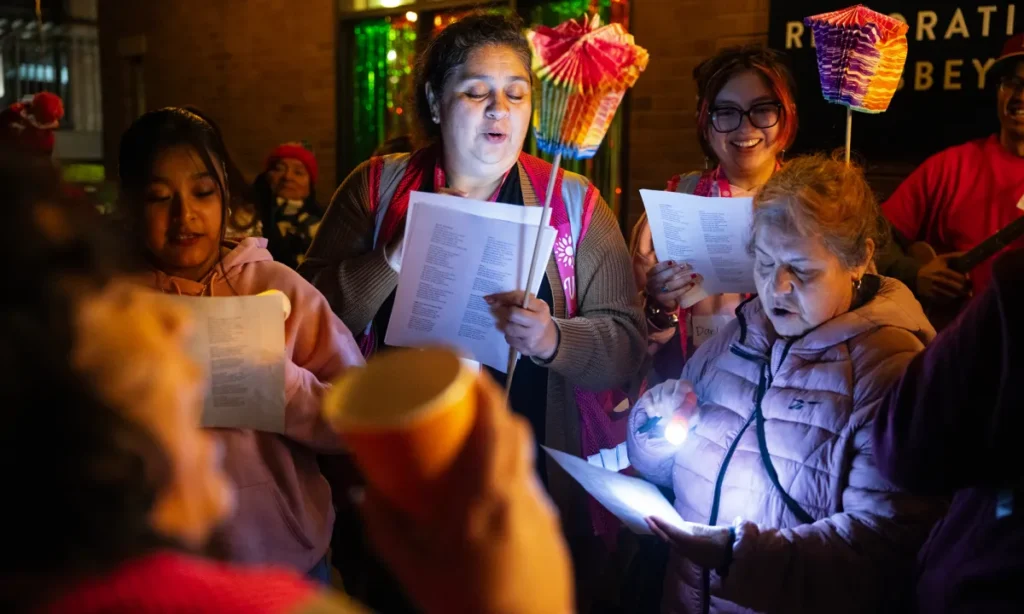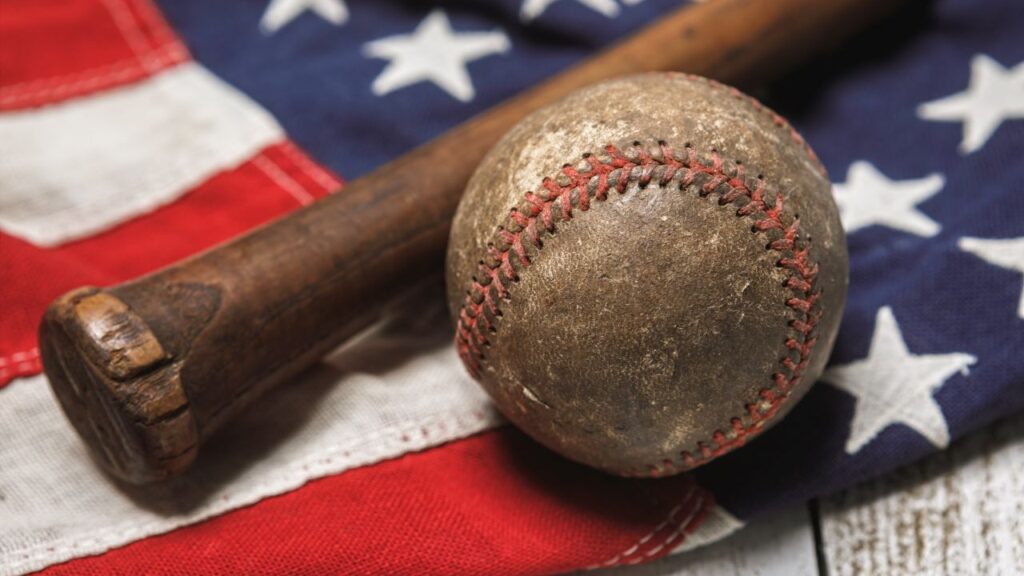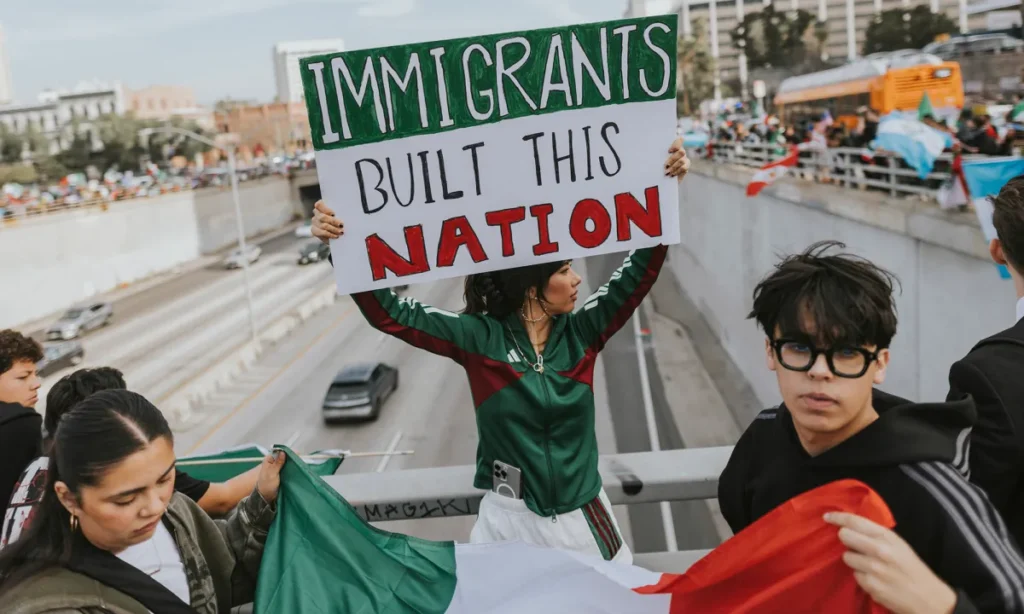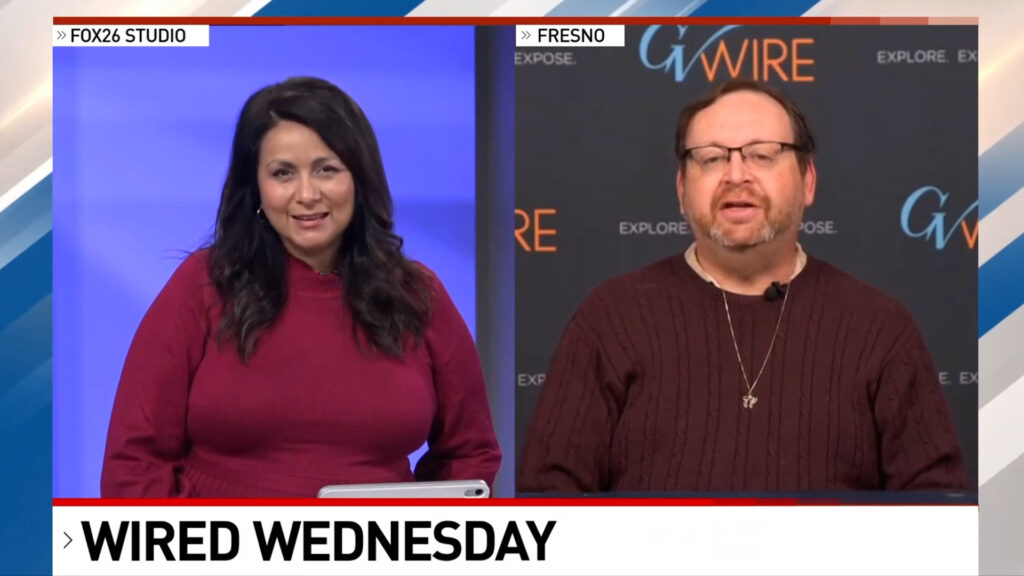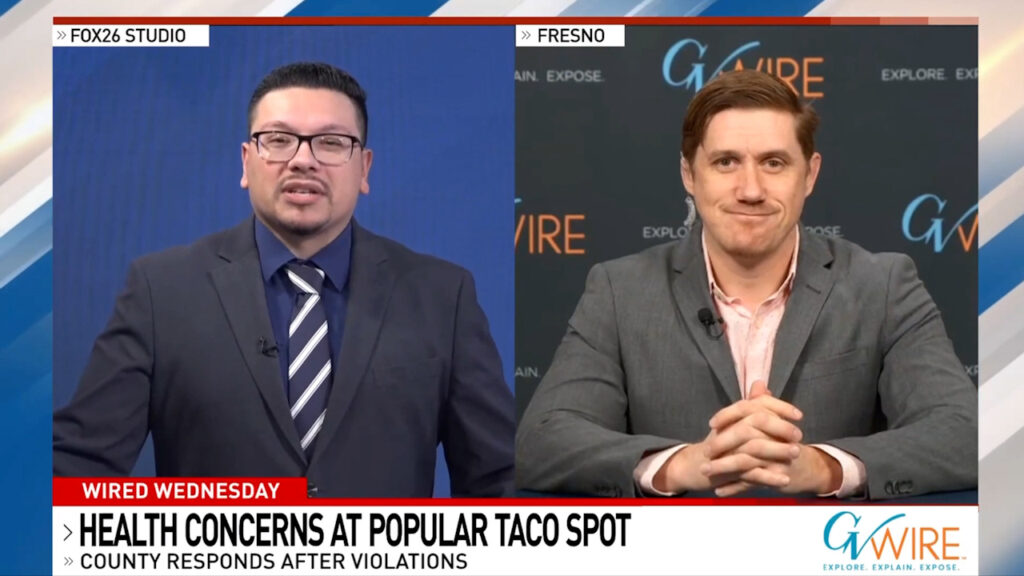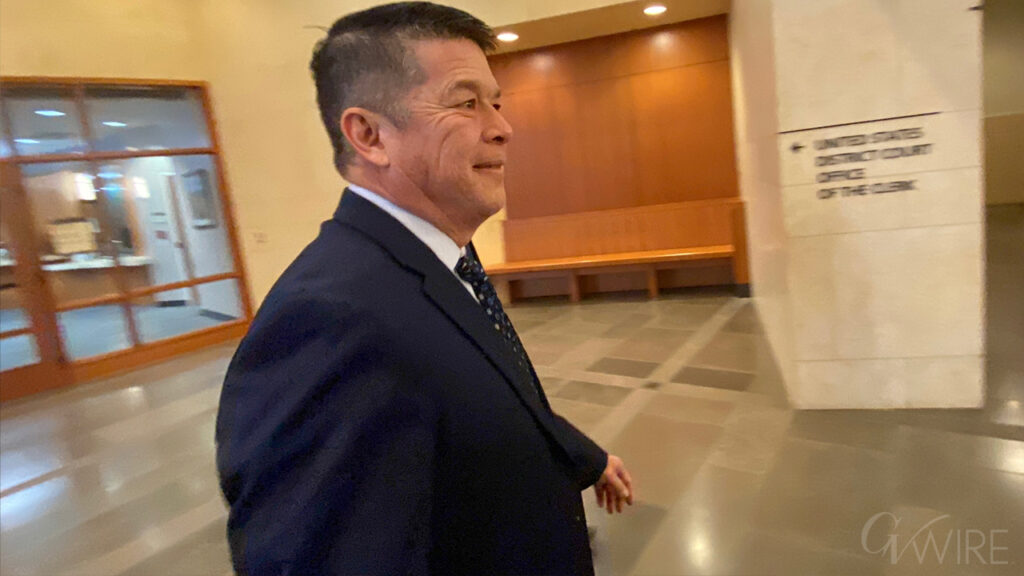“One Battle After Another” made its world premiere Sept. 8, 2025, at the TCL Chinese Theatre IMAX in Los Angeles. (Shutterstock)

- Paul Thomas Anderson’s new movie “One Battle After Another” arrived in theaters last week. Its anti-fascist message fits the times.
- The film was made in the America that existed before Donald Trump’s return.
- Columnist Michelle Goldberg poses a question: Could such a film be produced in Hollywood today?
Share
|
Getting your Trinity Audio player ready...
|
Paul Thomas Anderson’s magnificent new movie “One Battle After Another” arrived in theaters last week, but it was made in the America that existed before Donald Trump’s return. Watching it, I kept wondering if such a forthrightly anti-fascist film could be produced in Hollywood today.

Michelle Goldberg
The New York Times
Opinion
A political thriller shot through with absurdist humor, the movie has several scenes that might have seemed imaginatively dystopian when they were shot, but now look like news outtakes. Its villain, a military officer named Steven Lockjaw, is an anti-immigrant fanatic who at one point lays siege to a sanctuary city under the dishonest pretext of fighting cartels. The movie posits a white nationalist cabal at the highest levels of the American establishment — called, amusingly, the Christmas Adventurers — whose rhetoric isn’t all that different from Trump’s. “Our aim and your aim is the same,” one member says to Lockjaw, who aspires to join them. “To find dangerous lunatics, haters and punk trash and stop them. No more lunatics.”
“One Battle After Another” has been rapturously reviewed, and the critics are right — it’s the best new movie I’ve seen in years. The film’s artistic success shouldn’t be reduced to its politics. But at a moment when an autocratic administration is trying to force cultural institutions into submission, it’s invigorating to see a Hollywood movie so fearless in its progressive convictions. “One Battle After Another” has complicated things to say about left-wing political violence and self-serving radicalism, but it takes a clear side in the broader fight between authoritarianism and resistance.
Inspired by a Book About Hippies in Ronald Reagan’s America
Anderson’s movie was loosely inspired by Thomas Pynchon’s “Vineland,” a book featuring former ’60s hippies and militants adrift in Ronald Reagan’s America. He sets the story in the present, which is a risky decision. We’re supposed to accept that there was a Weatherman-style left-wing revolutionary cell called the French 75 operating roughly around 2008 or 2009. This contemporary timeline creates some jarring anachronisms; the French 75’s radical chic aesthetics and millenarian fantasies just don’t fit into the early Obama years. But as the movie goes on, taking up the question of what’s worth fighting for in a moment of defeat and disillusionment, it stops feeling dissonant.
Like “Vineland,” “One Battle After Another” has a kind of love triangle at its heart. The French 75 is led by a glamorous Black militant called Perfidia, played by Teyana Taylor, whose name is an unsubtle clue to her character. Leonardo DiCaprio plays the group’s explosives expert and Perfidia’s lover. As the movie opens, they are liberating an immigrant detention camp run by Lockjaw. Perfidia gets the jump on the officer, leaving him tied up, sexually humiliated and dangerously obsessed.
After this prologue, the movie jumps ahead 16 years, where DiCaprio’s character is living off the grid in Northern California with his and Perfidia’s daughter, under the assumed names Bob and Willa Ferguson. Believing Willa might be his — which if true could thwart his ambitions — Lockjaw comes after her. From there, the movie is a chase, as Bob tries to save his daughter, helped along by what remains of a radical underground.
Film Enrages Some Conservatives
With its mostly sympathetic portrayal of former revolutionaries, “One Battle After Another” was bound to enrage conservatives, especially following the killing of Charlie Kirk and the sniper attack on a Dallas ICE office. “Anderson intentionally provokes the bloodlust of his woke confreres,” wrote an apoplectic Armond White in National Review, calling the film “the year’s most irresponsible movie.”
This is an oversimplification of Anderson’s attitude toward violence. Like almost every action movie, “One Battle After Another” fetishizes weapons and explosions; an image of Perfidia firing a machine gun, her swollen pregnant belly exposed over her fatigues, seems destined to become iconic. But Perfidia is no hero. The film makes it clear that she gets off on mayhem. She betrays her comrades and then abandons her family, wrapping her selfishness in liberal cliches. “I put myself first and I reject your lack of originality,” she tells Bob on her way out the door.
The French 75 is a failure that haunts the lives of everyone who survived it. When we meet Bob again after 16 years, he’s a stoned paranoiac and a bit of a clown. In a more hackneyed film, he’d deploy his talent for explosives to rescue Willa. But “One Battle After Another” is far from a left-wing gloss on Liam Neeson’s “Taken.” Bob is heroic in his love for his daughter, but that doesn’t make him competent. In one of the movie’s funniest bits, he seeks help from a radical underground telephone hotline but, with his brain cooked by drugs, he can’t remember the answer to a cryptic security question. (“Maybe you should have studied the rebellion texts a little harder,” says his priggish interlocutor.)
Yet if “One Battle After Another” doesn’t celebrate revolutionary violence, it also doesn’t condemn the broad goals the French 75 fought for. Indeed, it celebrates those who quietly keep radical hopes alive. Its most winning character is Benicio Del Toro’s Sergio St. Carlos, a karate sensei who runs an underground railroad for immigrants who lack legal status, and who moves through the film’s chaos with Buddha-like serenity.
There is something subversive, in the best possible way, in the film’s vision of good and evil. The same week it came out, the administration released a national security memorandum denouncing movements that “portray foundational American principles (e.g., support for law enforcement and border control) as ‘fascist’ to justify and encourage acts of violent revolution.” Watching “One Battle After Another” feels liberating in part because it’s heedless of all the new taboos Trump and his henchman are trying to force on us. The movie could scarcely be more relevant in Trump’s America, but it carries with it the assumptions of a better country.
This article originally appeared in The New York Times.
c.2025 The New York Times Company
RELATED TOPICS:
Categories

Pebble Is a Tiny Adventure Seeker With a Big Heart



